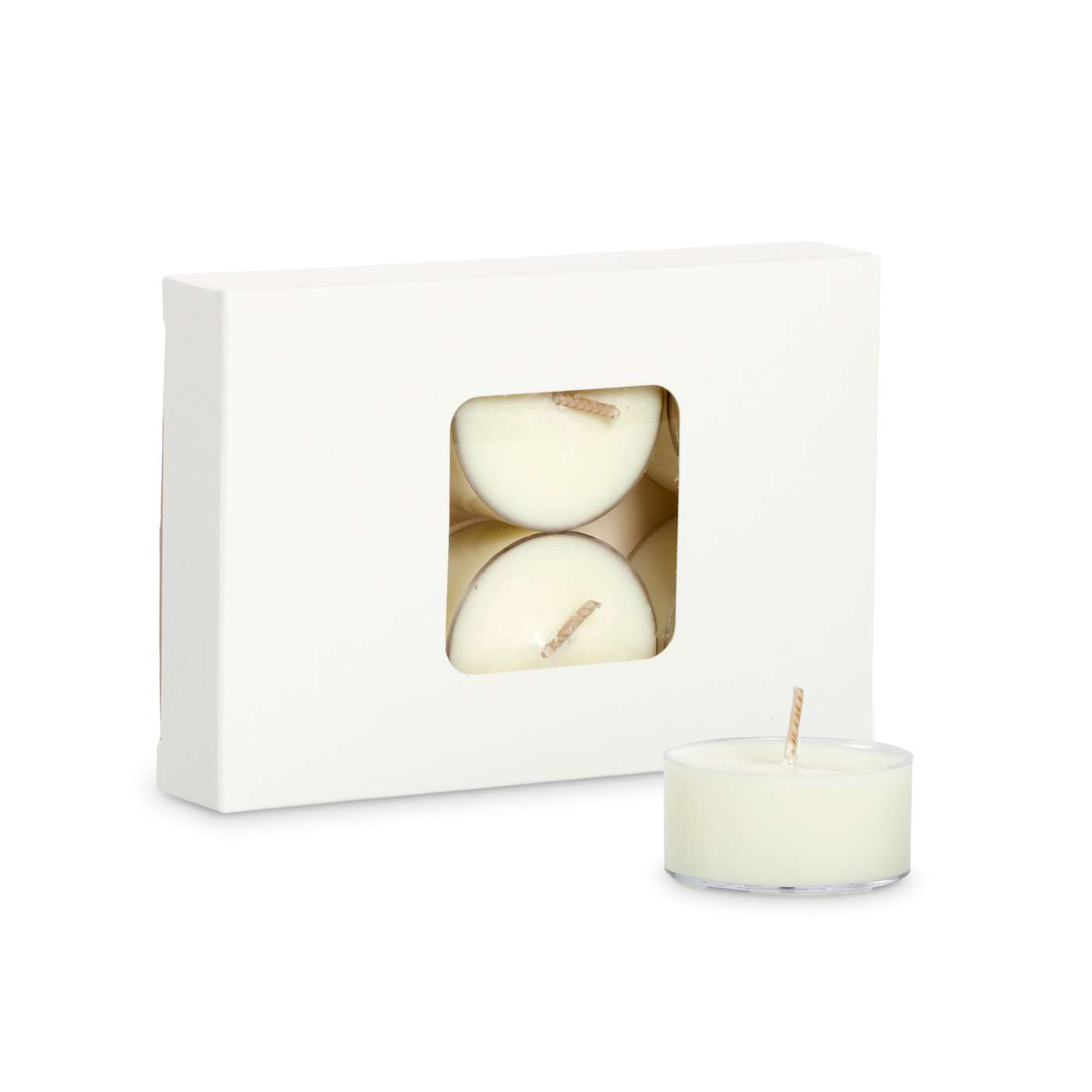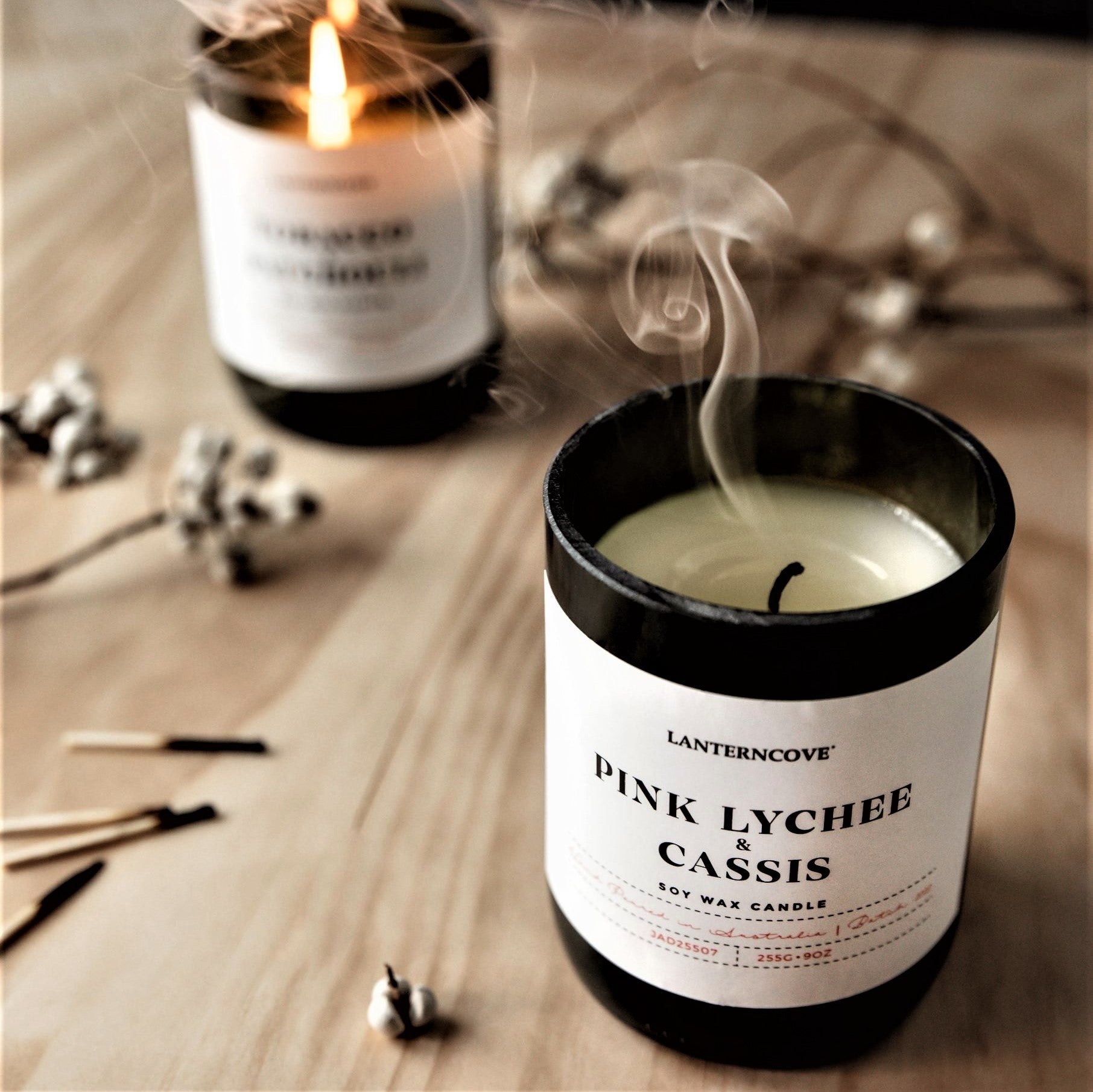Boost Your Room with Premium Soy Wax Candles and Home Fragrance
Wiki Article
From Wick to Wax: Comprehending the Chemistry Behind Soy Wax Candles and Their Ecological Influence
As we brighten our rooms with the cozy radiance of candle lights, there lies a world of complex chemistry behind the apparently basic act of lighting a soy wax candle. Join us as we decipher the clinical complexities behind soy wax candle lights and explore their ramifications on our atmosphere.Soy Wax Vs. Paraffin Wax
When contrasting soy wax and paraffin wax for candle production, it is important to understand the distinctive features and benefits of each material. Soy wax is an all-natural, renewable energy derived from soybean oil, making it green and eco-friendly - crystal soy candles. In contrast, paraffin wax is a by-product of petroleum refining, which elevates issues concerning its environmental effect and sustainabilitySoy wax candle lights burn cleaner and give off less soot compared to paraffin wax candle lights, making them a healthier selection for interior air quality. Additionally, soy wax has a lower melting factor, allowing for a longer-lasting candle light that disperses fragrance much more successfully. Paraffin wax, on the other hand, has a tendency to shed faster and less easily, possibly releasing damaging chemicals right into the air.
From a sustainability viewpoint, soy wax is favored for its biodegradability and sustainable sourcing, lining up with the growing customer preference for eco mindful products. While paraffin wax has actually been a typical selection in candle light making due to its cost and ease of usage, the change in the direction of environmentally friendly options like soy wax is obtaining momentum in the industry.
Chemical Structure of Soy Wax

Burning Process in Soy Candles
The chemical make-up of soy wax straight affects the burning procedure in soy candles, influencing aspects such as melt time, scent launch, and environmental influence. When a soy candle light is lit, the warmth from the fire melts the wax near the wick. This liquid wax is then formulated the wick because of capillary action. As the liquid wax gets to the flame, it evaporates and undertakes combustion. The combustion procedure entails the vaporized hydrocarbons in the wax responding with oxygen airborne to produce heat, light, water vapor, and co2.
The burning efficiency of soy candle lights is affected by the pureness of the soy wax and the quality of the wick. A clean-burning soy candle light with an appropriately sized wick will certainly create a consistent flame and reduce residue formation. This not just extends the burn time of the candle light yet likewise enhances the release of fragrances. Furthermore, soy wax candle lights have a lower ecological influence compared to paraffin candle lights as a visite site result of their sustainable and naturally degradable nature.

Environmental Advantages of Soy Wax

Considered a sustainable choice to traditional paraffin wax, soy wax provides remarkable environmental advantages that make it a preferred option among eco-conscious customers. Soy wax burns cleaner and produces less residue than paraffin wax, adding to far better indoor air top quality and decreasing the requirement for cleansing and maintenance. Overall, the ecological benefits of soy wax straighten with the expanding need for sustainable and eco-friendly items in the market.
Recycling and Disposal Factors To Consider
Recycling and proper disposal of soy wax candle lights play a vital duty in maintaining ecological sustainability and reducing waste in communities and households. The initial step is to ensure that the candle has actually melted completely when it comes to reusing soy wax candle lights. This can be achieved by allowing the candle to melt until the wick is no longer useful, and after that allowing the continuing to be wax cool and solidify. As soon as the wax has strengthened, it can be meticulously gotten rid of from the container.
In terms of disposal, if recycling is not a choice, soy wax candles are biodegradable and can be securely gotten rid of in the majority of home waste systems. Nevertheless, it is constantly advised to consult local reusing facilities or waste monitoring solutions for specific guidelines on candle disposal to make certain correct handling and environmental management.
Final Thought
In final thought, the chemistry behind soy wax candle lights reveals their ecological benefits over paraffin wax candles. Soy wax, acquired from soybean oil, burns cleaner and produces less soot when compared to paraffin wax. The burning process in soy candles is more efficient, leading to a much longer and more also melt. Furthermore, soy wax is eco-friendly and eco-friendly, making it an extra sustainable selection for candle light crystal soy candles production. Reusing and appropriate disposal of soy wax candle lights even more add to their ecological impact.When contrasting soy wax and paraffin wax for candle making, it is essential to understand the distinctive attributes and advantages of each material (home fragrance).Soy wax candles burn cleaner and give off less soot compared to paraffin wax candles, making them a healthier selection for interior air top quality.Taken into consideration a sustainable option to typical paraffin wax, soy wax provides noteworthy environmental advantages that make it a preferred choice amongst eco-conscious consumers. Soy wax burns cleaner and produces less soot than paraffin wax, contributing to better indoor air high quality and minimizing the requirement for cleaning and maintenance.In conclusion, the chemistry behind soy wax candle lights reveals their environmental benefits over paraffin wax candle lights
Report this wiki page